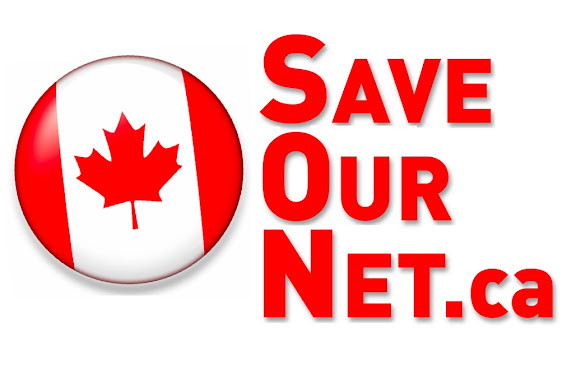By Erik Schmitt
This past week, a true 21st century event took place mainly on the grounds of MaRS, in Toronto. Discussing the intersection of social media and social change, Net Change Week was in its entirety, a series of training sessions and talks on the how and why of using the Web for the cause. Presented by the Social Innovation Generation team (SiG@MaRS), Net Change was a meeting of minds from the non profit sector, digital media developers, designers, and entrepreneurs leveraging and further innovating the new world of social media.
Any one tuning into tweets or posting on walls surely would know the so called Web 2.0. The internet of social networks, social bookmarking, blogs, microblogs, broadband multimedia and hyper-connected mobile devices is increasingly becoming the way people pay attention to and share different things of interest. The days of information delivered top down via television and print media outlets are passing. The next big thing online, and more interestingly, the ways that people themselves decide to interact with it, is changing the way causes are able to win mindshare and garner support.
Proof of concept could be found when Net Change Week saw SiG@MaRS host a special edition of Wired Wednesday. The social entrepreneur group sat alongside their non-profit social change counterparts to listen to three fantastic speakers.
Greenpeace Online Organizing Manager, Beka Economopoulos, shared how engaging people on an issue with broad appeal is the key to creating user based content. The Green My Apple campaign won a Webby. It was also successful in having Steve Jobs agree to implement 55% of Greenpeace’s requests and deliver a greener apple.
The former Director of Online Programs for the League of Young Voters during the 2008 US Presidential Campaign, Sam Dorman, noted how agility is all important to make the most of what power the current social media trends can bring to a campaign. With Obama seeking election during the time that Facebook rose it’s prominence, the League of Young Voters was able to engage never before seen numbers of first time and young voters. Information collected from the user base was used to further appeal to those not yet engaged using further developed websites and content. Not bad for a world changing event.
Tim Walker, a former campaigns manager for Adbusters (Buy Nothing Day) and cofounder of Biro Creative (clients include Bill Clinton Foundation and Canadian Federation of Students), shared how being excited to take the entrepreneurial leap for something he believes in, and approaching the Web 2.0 world not as information technology but as an attitude engaging thought and interaction, have been key to successful campaigns for change.
With Facebook applications that measure a user’s “impact” on causes mixed up on walls with personality quizzes, the original social network MySpace becoming more of a MusicSpace, and now all that tweeting, it is apparent that the way we engage with the social internet is evolving as fast as the polar ice caps are melting. For cause, effect, or profit, Web 2.0 is a space that is reflective of the diversity of people, issues, and interests of the world. A place capable of inspiring the masses like never before by effectively attracting attention. It has become the ultimate place for “word of mouth” engagement and only possible because of the user interaction enabled by the socialized internet.

SaveOurNet.ca is a coalition of organizations, businesses and individuals protecting your Internet's level playing field
Unfortunately, there is yet another important cause that needs to be discussed in this context. It could be said that the infrastructure that enabled the innovation of this bold new internet is fundamentally threatened here in Canada. Also part of Net Change week, the SaveOurNet.ca campaign held a town hall event at the Gladstone Hotel regarding the future of the internet in Canada. Yes, as Canadians our internet is in trouble. And it’s all to do with laws and big companies.
How to engage the population on this important issue though? You might be the sort that would want to Google (anybody Bing yet?) such things as last-mile infrastructure, packet shaping, and net-neutrality and share your findings using social bookmarking. That might sound boring and you agree more with panel guests, bloggers Raymie the Minx and Sass, that important issues need to be communicated in ways that are ‘sexy’ rather than ‘geeky’ to create an emotional response and promote participation. Regardless, know that the services, speed, and freedom to create and access the content you want (all at inflated prices), could leave us behind the rest of the world as the power of the major providers increases over what they deliver to you.
No matter what it is that gets you jazzed these days about using web, Mozilla Foundation Excutive Director, Mark Surman, said it best at the town hall that “loving up issues, rather than dumbing them down” will get people to sign the petition and contribute in their Web 2.0 way to the cause.

